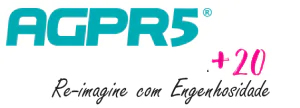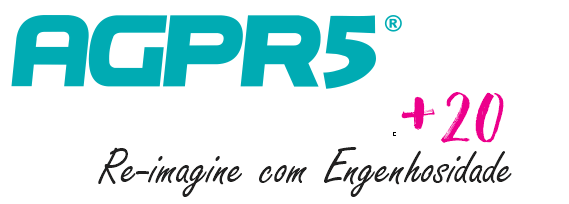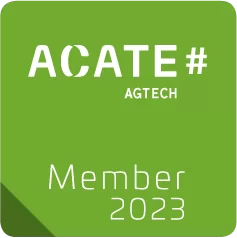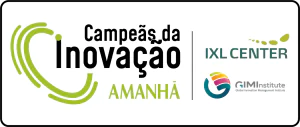To really understand something at work, be observant.
This is a continuation of the article: GEMBA and the Ohno Circle: https://www.agpr5.com/en/news/gemba-and-the-ohno-circle
You can find it in:
How much time of the day do you spend identifying waste in the process?
We worked hard throughout the day, arrived at the end of the day tired, with a “full head”, feeling like we had moved a mountain or carried it on our backs, but the issues are:
How much of this work added value to the business?
What part of this work contributed to achieving your goals?
To make it more competitive?
To make the Customers better served?
To apply the circle of Ohno, we follow some steps, with their respective suggested times:
-Take a notebook, or a sheet attached to a clipboard, also get a pencil.
-Choose an area of your business for you to watch for at least 40 minutes.
-Choose a safe place where you stay a bit further away from the area being analyzed (so you can have a broader view of what happens).
-Stand there and write down everything that catches your eye
Normally in the first 15 to 20 minutes we do not see a lot of “thing”, but from this time “things” begin to appear and you will begin to wonder why this is being done? … Why that is not being done ?. .., why no one looked? …, why? …, why? …
After this time you will see that a lot happens in the area and you did not realize it, a lot of good happens, but also a lot happens that should not be done or could be done otherwise. When doing this activity we should be careful not to find that as people in the area did not see the wastes they are not competent professionals, what happens is that our brain enters a kind of “autopilot” or more profoundly speaking occurs a phenomenon called of “blindness for inattention”. Our focus on everyday life is really.
What is really important?
Ohno said that instead of running around to keep the area and processes running (usually at any cost), leaders and managers should focus on improving these processes, that is, they should focus on eliminating and reduce process waste.
Describing the problem or not using the 5G
The 5G is an essential methodology whose emphasis is to discover REALITY (not inference) through direct personal observation. Each “G” represents a team attitude of problem solving and continuous improvement.
1)GENBA refers to the actual place where things happen. The principle requires that everyone involved, including management, be close to the problem in order to clearly understand the details of the problem. Attitude:Make “IN LOCO” observations of the problem rather than declarations of technicians / operators.
2)GENBUTSU is the way the work actually happens. The principle requires the action of “touching” the problem with one’s own hands (product, machine, tool or any other object involved in the process). Attitude:Measure or analyze the part (s) with the problem or nonconformity.
3)GENJITSU check the reality that must be felt, the symptoms and their effects on the production process. All that the eyes can see without any kind of prejudice and paradigm formation. Attitude: Analyze the records of the parts with problem or non-conformity. Analyze history to find out: What has changed? Who changed? When did it change? Why changed?
4)GENRI refers to the use of general theory and scientific principles for problem solving and process improvement. Attitude: Consult the documents that define the technical standard for the part (drawing, specifications, control plans, inspection plans, work instructions, process sheets, etc.).
5)GENSOKU refers to the use of standards and procedures for problem resolution and process improvements. Attitude: Verify that the technical pattern relative to the part was followed during its production.
Source: Edson Miranda da Silva – Manager of Quality, Productivity and Sustainability.









